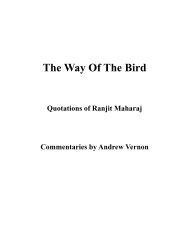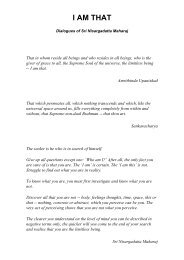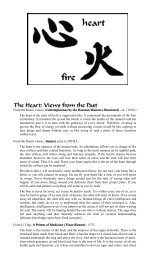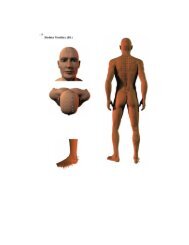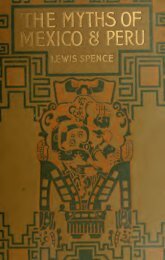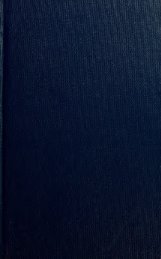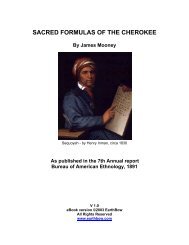You also want an ePaper? Increase the reach of your titles
YUMPU automatically turns print PDFs into web optimized ePapers that Google loves.
Introduction<br />
Platonic philosophy at the University of Sapienza at Rome. He thought he<br />
might be able to find a role for himself by renouncing or concealing the<br />
most heterodox features of his own teaching. This was an illusion, and he<br />
fell foul of the Inquisition and was executed at the stake in the Campo de’<br />
Fiori in 1600.<br />
I<br />
La Cena de le Ceneri (The Ash Wednesday Supper) was the first of the dialogues<br />
in Italian which Bruno published in 1584/5. 3 The striking feature<br />
of this work, in which the author proclaims his Copernicanism, is the<br />
immediate connection established between the annual motion of the earth<br />
around the sun and the infinity of the universe. This, however, was quite<br />
different from the position of Copernicus, who, having given new dimensions<br />
to the traditional cosmos, recognized the immensity of the heavens<br />
but left to the natural philosopher the ultimate decision about whether or<br />
not the universe was infinite. In The Ash Wednesday Supper, on the contrary,<br />
we find a clear affirmation of an infinite universe with infinite solar<br />
systems similar to our own. Suns and earths are composed of our own<br />
elements, they are living and inhabited beings, they are stars which are<br />
recognized not only as living things but also as divinities.<br />
Bruno was led to these conclusions, in particular the thesis of the infinity<br />
of the universe, by a number of factors. In Copernicus’ work, the earth<br />
was construed as a celestial body rotating round the sun like the other planets;<br />
it was implicitly elevated to the status of a star, thus breaking down the<br />
rigid separation between the sublunary world and the celestial world,<br />
although Copernicus did not want to confront the enormous physical<br />
problems which derived from his heliocentrism. It is significant that, in his<br />
De revolutionibus orbium celestium (On the Revolutions of the Heavenly<br />
Bodies), the sphere of fixed stars no longer had a specific physical function<br />
and no longer constituted the principle of motion. This was a conclusion<br />
that could have been strengthened in Bruno’s eyes by some developments<br />
in Italian philosophy of nature, especially those of Bernardino Telesio<br />
(1509–88). Bruno now went further and called into question the very<br />
3 References to Bruno’s Italian works are in the Dialoghi italiani, 3rd edn edited by G. Aquilecchia,<br />
reprinted with notes by G. Gentile (Florence: Sansoni, 1958: reprt. 1985). The Latin works, Opera<br />
latine conscripta, were edited in Naples between 1879 and 1891 in three volumes (in eight parts) by F.<br />
Fiorentino, F. Tocco, G. Vitelli, V. Imbriani and C. M. Tallarigo. References to the Latin works are<br />
identifed as Op. lat., with the volume, part and page number.<br />
viii







